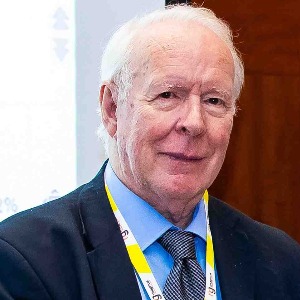Teledentistry
Teledentistry is a branch of dentistry that uses telecommunication technologies to deliver dental services from a distance. The concept of teledentistry has been around for many years, but has only recently become more widely used. A major benefit of teledentistry is that it can provide access to dental care to those who would otherwise not have access to such care. Teledentistry can also reduce the time, effort, and cost associated with traditional office visits. Teledentistry may involve either the use of video or application technology to diagnose and treat dental problems at a distance. With video technology, dentists can use specialized applications such as webcams or digital imaging tools to examine the mouth area remotely and assess dental health needs. This assessment may allow for a diagnosis of dental conditions, as well as the use of preventive measures and treatment protocols. Remote consultation with a patient can also be conducted via video or application technologies, allowing for quick response to their health needs. Some of the benefits of teledentistry include direct access to dental care, including access to specialists; extended office hours; faster diagnosis and treatment; improved patient satisfaction; improved communication between providers and patients; and cost savings. Additionally, teledentistry eliminates the need for travel and can provide a more efficient use of time for both providers and patients. It also allows providers to care for multiple patients in one day. Despite these advantages, there are also certain risks associated with teledentistry. Due to digital limitations and technological issues, diagnoses are sometimes not as accurate as those conducted in a traditional office visit. Furthermore, teledentistry does not replace traditional office visits or provide the same level of care, as it does not replace hands-on services. Overall, teledentistry has the potential to provide a safer and more reliable way of delivering dental care. It can provide access to care for those who otherwise do not have access, and it can reduce costs associated with traditional office visits. There are some risks associated with teledentistry, however, and it should be used with caution.

David Geoffrey Gillam
Queen Mary University of London, United Kingdom
Christopher Turner
Spacemark Dental, United Kingdom




Title : Evaluating hygienist follow up for head and neck oncology patients in secondary care: Results from a two cycle audit
Peter Basta, Newcastle Dental Hospital, United Kingdom
Title : Atypical facial pain unravelled
Christopher Turner, Spacemark Dental, United Kingdom
Title : New treatment of temporomandibular disorder through muscle balance and muscle regeneration by activation of quiescent muscle stem cells( satellite cells) with mitochondrial dynamics
Ki Ji Lee, National Reserach Foundation & Busan Medical University, Korea, Republic of
Title : MRONJ and ORN: Referral or management in primary care? Navigating guidelines in the context of long waiting lists
Alisha Sagar, NHS England, United Kingdom
Title : Managing the unexpected: An Insight into supernumerary teeth
Bahar Gharooni Dowrani, Guy's and St Thomas' NHS Foundation Trust, United Kingdom
Title : Laxative prescribing for post operative head and neck cancer patients at Derriford Hospital
Pui Sze Kylie Li, Cardiff and Vale University Health Board, United Kingdom